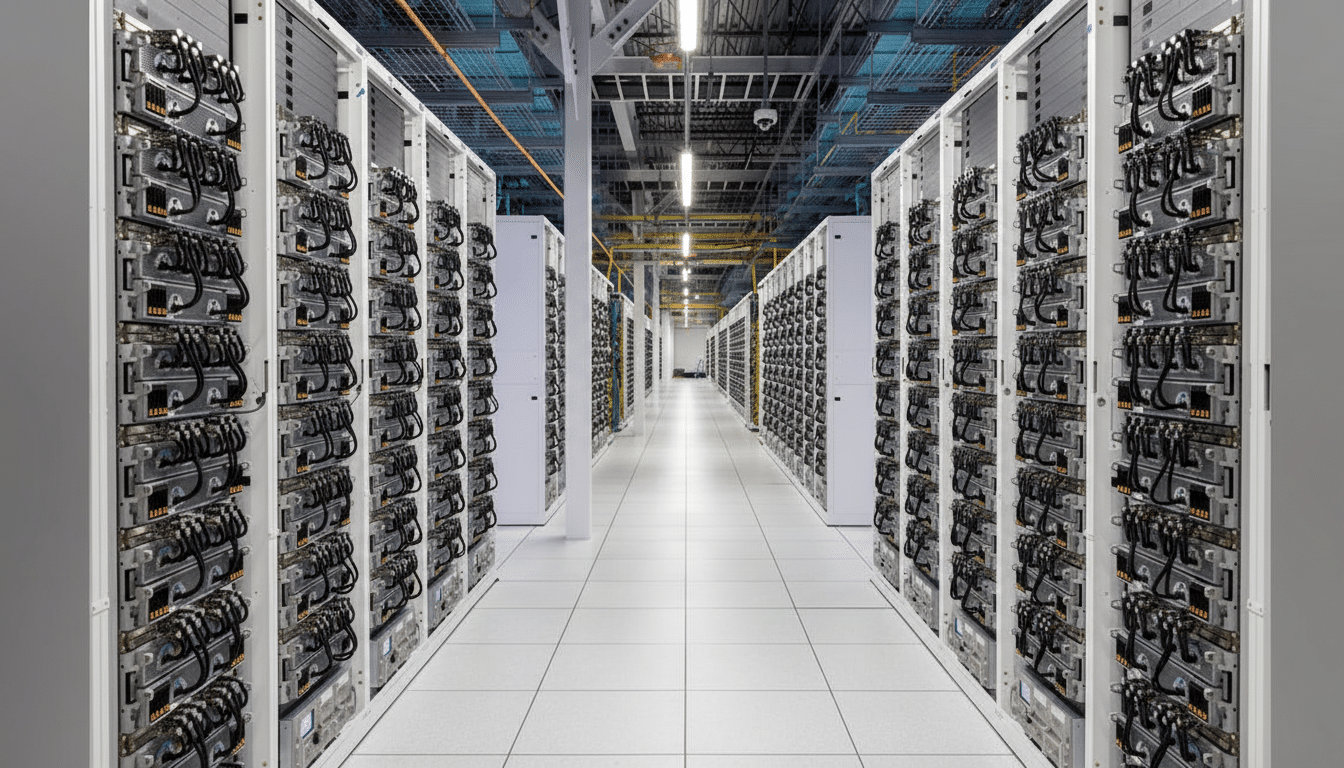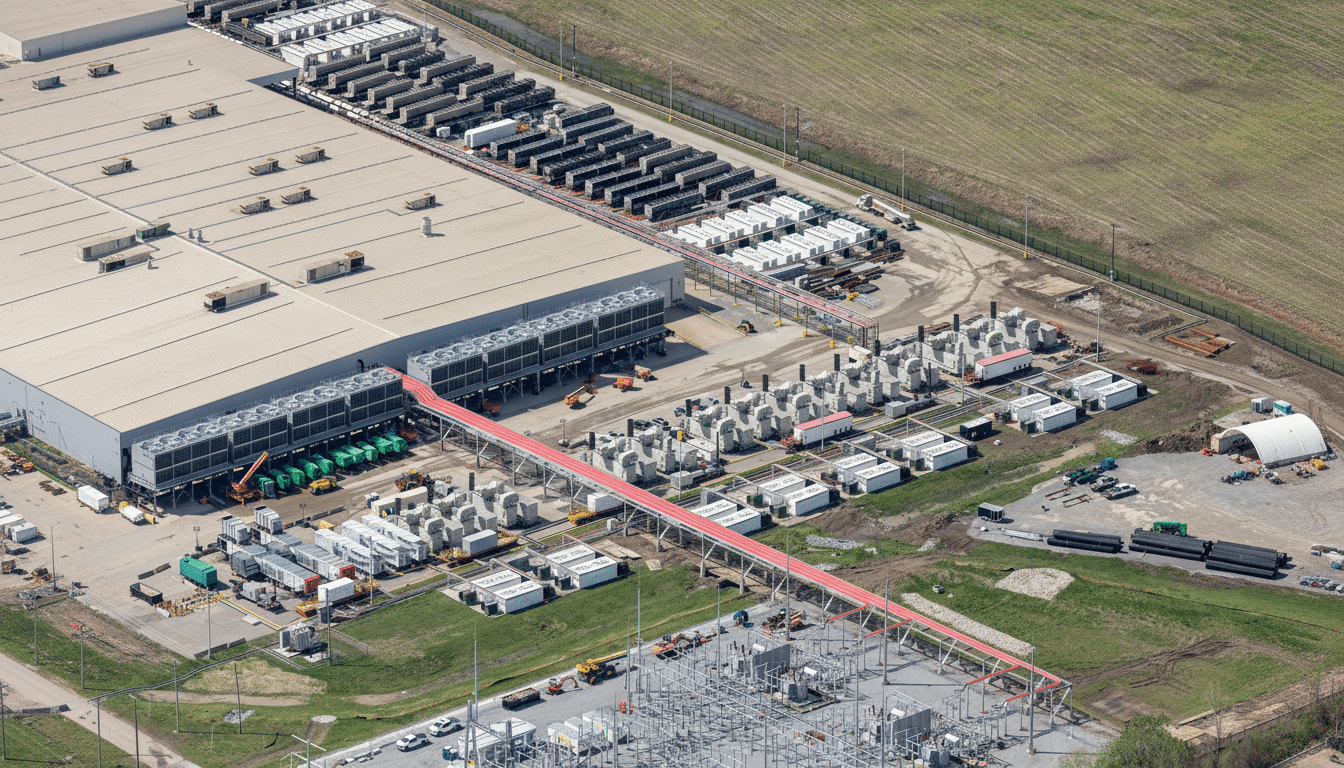xAI, the artificial intelligence company backed by Elon Musk, is set to construct a small on-site solar farm at its Colossus data center near Memphis, adding a bit of clean power to one of the world’s most energy-hungry AI training hubs.
Representatives of the company have informed local planners that the array will cover 88 acres adjacent to the facility on its west and south. Due to the footprint and size of Colossus, it’s expected that just 30 megawatts (MW) of capacity will be delivered by the project — only 10% or so of what will probably be the estimated load of Colossus, emphasizing just how much electricity is required to keep cutting-edge AI training runs going all day and night.

A Modest On-Site Array, for a Giant Load
Another 136-acre plot next door, held by the site’s developer, envelops the proposed build and has potential room for expansion. At regional solar capacity factors, a 30 MW system could produce on the order of 55–65 GWh/year, taking some load off the data center’s grid demand and providing peak exposure shaving during sunny hours.
Despite the rollout, however, the math continues to be harsh. If Colossus sucks 300 MW as per the 10% figure, on-site solar is a bit of an answer. That’s also reflective of a wider data center trend: Hyperscale facilities are increasingly mixing and matching multiple solutions — utility power, on-site generation, off-site renewables, and batteries — to find the right combination for reliability, cost, and emissions.
Health and regulatory scrutiny of xAI’s gas turbines
xAI’s approach to energy has been heavily criticized. Represented by the Southern Environmental Law Center (SELC), which is working with the NAACP, the plaintiffs allege that the company has run more than 400 MW of natural gas turbines without legally required permits. According to the group’s analysis, at least 35 of the turbines are projected to produce more than a collective 2,000 tons of nitrogen oxides each year, harmful gas pollutants associated with smog and respiratory damage.
Residents in the neighboring community of Boxtown, which is about 90 percent Black, have raised concerns since Colossus started operating about air quality. A study by the University of Tennessee, Knoxville found that peak nitrogen dioxide levels in areas directly adjacent to where it happened increased by 79%. Local authorities have permitted xAI to operate 15 gas turbines under a temporary three-year license as the company sources more power.
Outside of Memphis, xAI has erected gas turbines at its Colossus 2 site in Mississippi. Regulators have reported 59 units installed, with 18 designated as temporary — a classification that means some emissions may be left out in standard reporting.

Bigger Solar and Batteries in the Pipeline
The new on-site array is in addition to a 100 MW solar farm with 100 MW of grid-scale batteries in the region that have already been announced as part of plans to provide around-the-clock support. Seven States Power Corporation is building the project and has received a total of $439 million from the U.S. Department of Agriculture, including a loan for $414 million that will be interest-free.
That federal support is a bright spot in a patchy landscape for clean energy financing, with some programs trimmed back by changes in direction at federal agencies. If carried out in the manner described, the solar-plus-storage build-out could account for a much larger portion of Colossus’s electricity and lessen its dependence on gas-fired peakers.
Why AI Needs On-Site Generation at Data Centers
AI training gorges on steady high-density power. But interconnection queues for new utility-scale projects have lengthened, and utilities in fast-growing data center regions are bumping up against their capacity limits. On-site solar can secure permitting and installation faster than some transmission upgrades, and it can cut off the midday spikes that push demand charges.
Analysts in the industry say that blended portfolios — including on-site solar, off-site power purchase agreements, and batteries — are increasingly becoming table stakes for digital infrastructure companies looking to lower their carbon intensity. The International Energy Agency has flagged the fast growth in data center electricity use and the requirement for firm clean capacity in order to ensure reliability as loads jump.
What to watch on permitting, community impacts, and timing
Key questions now hinge on permitting, community impacts, and a timetable.
- How fast can xAI drive the 88-acre project through local approvals?
- Will the company commit to continuous air monitoring and community benefits agreements in Boxtown?
- How will regulators manage the temporary designation of turbines and enforcement of emissions limits as power from the solar and battery projects comes online?
For xAI, the new array is one step toward cleaner work but hardly a finish line. The credibility of the company’s promises will depend on how quickly it transitions from emergency gas generation versus verified, around-the-clock clean power — and whether the people next door to Colossus can actually see a difference in the air they breathe.

